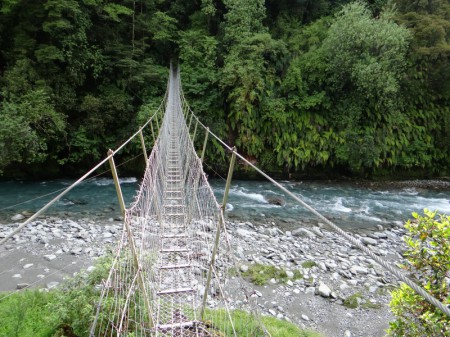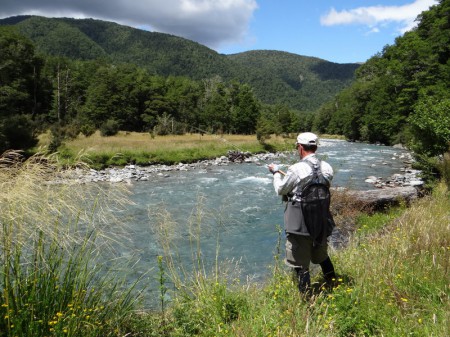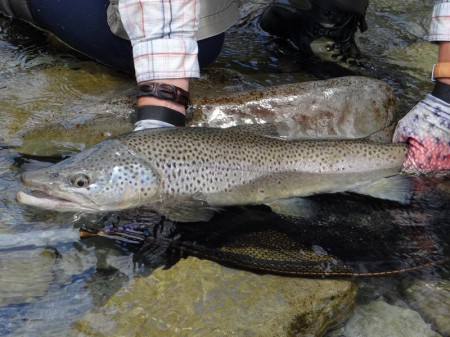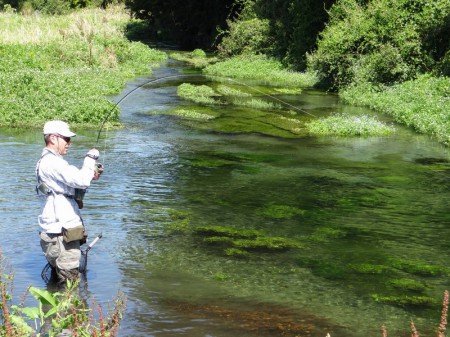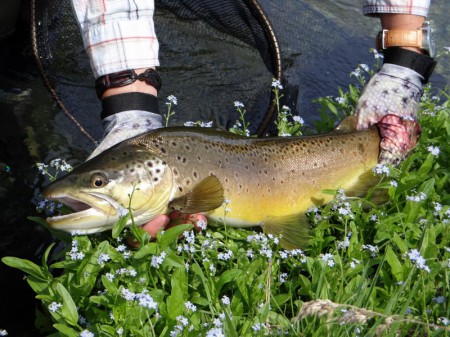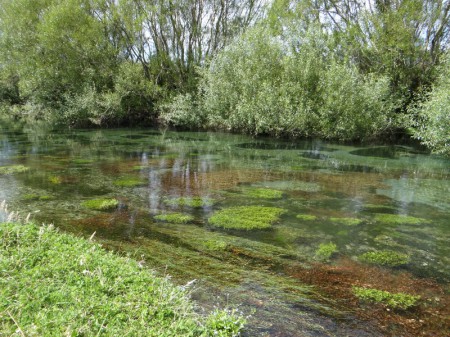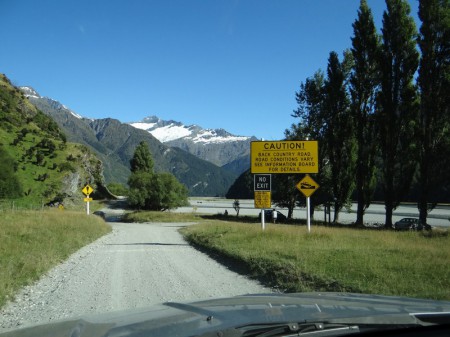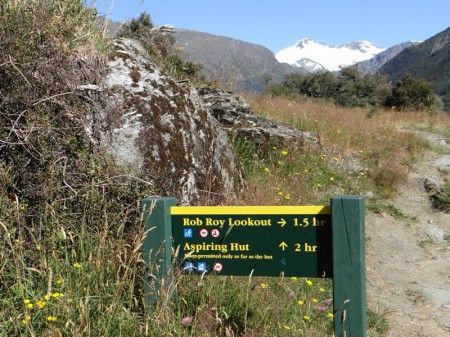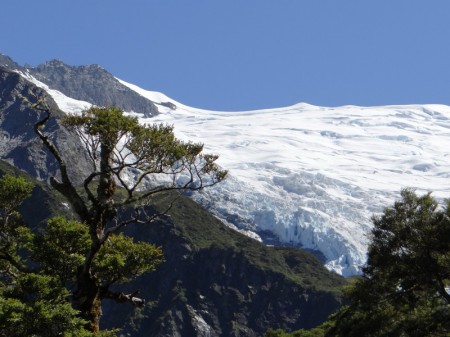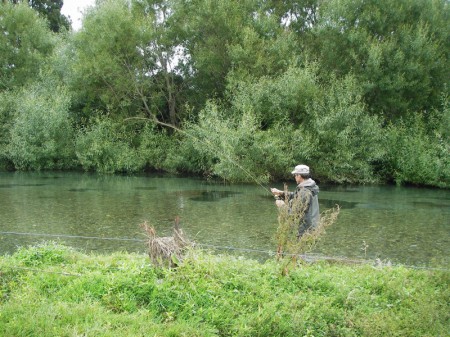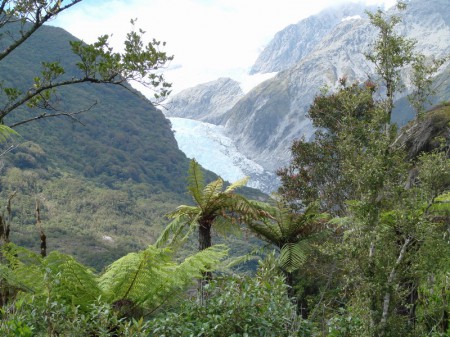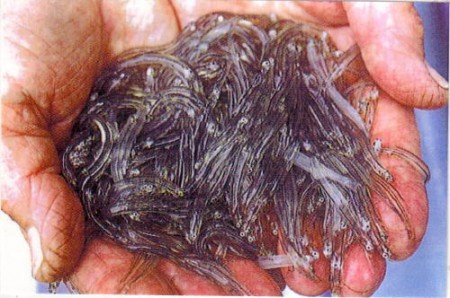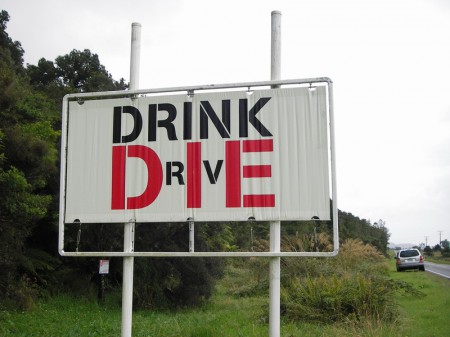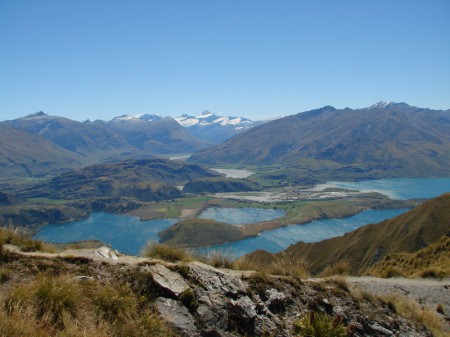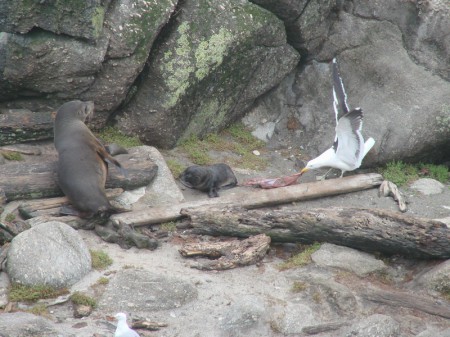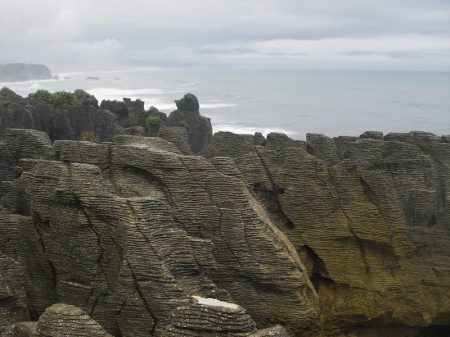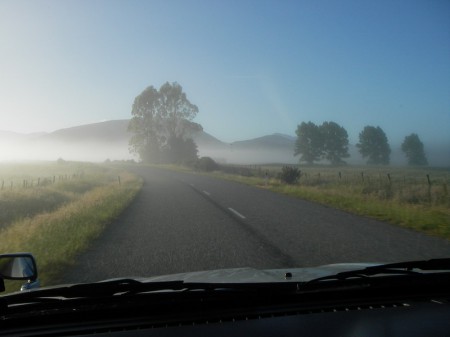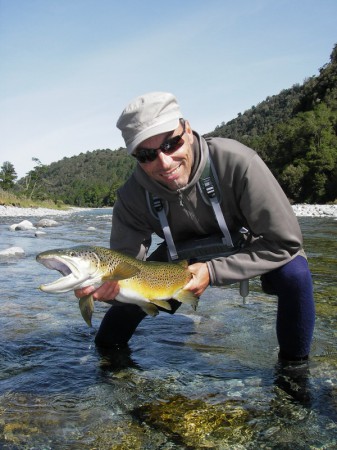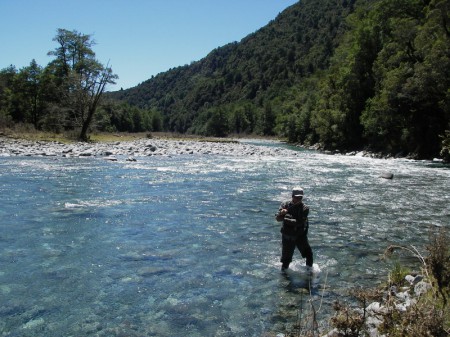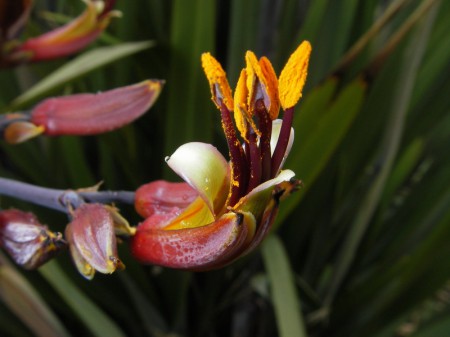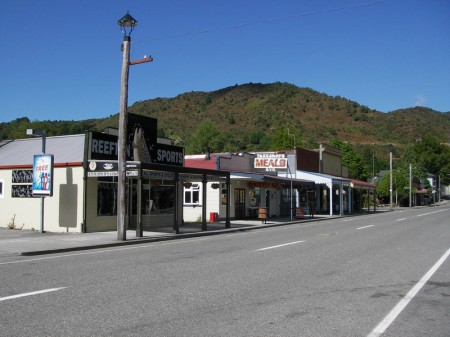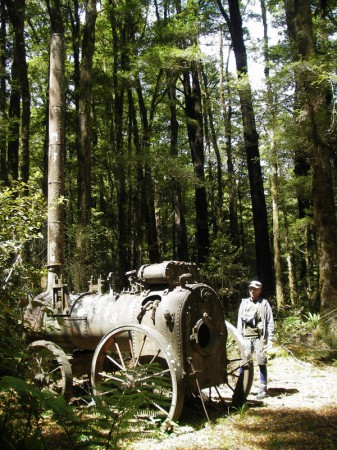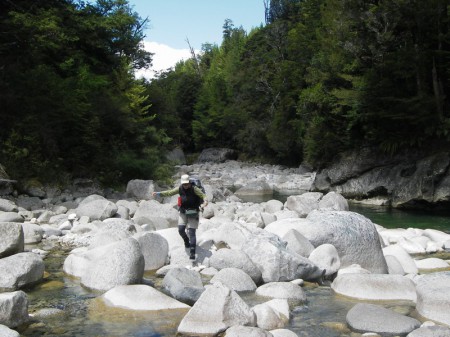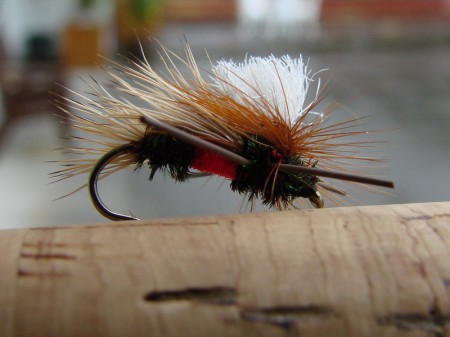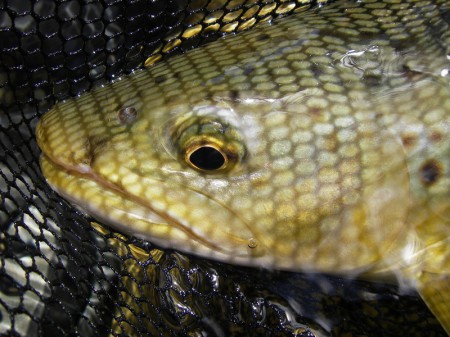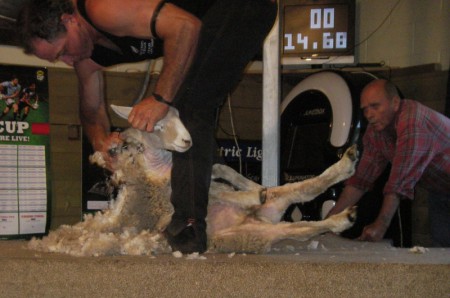New Zealand again
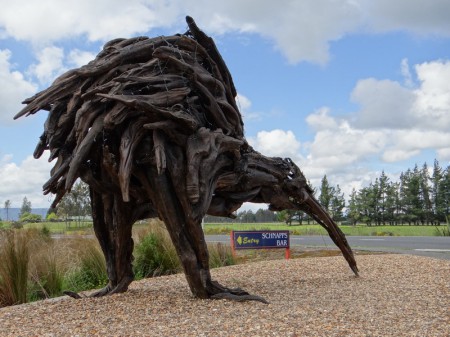 While crossing the Tasman, mixed thoughts were going through our minds. Saying goodbye to Australia and all our friends there made us sad and yet we were looking forward to being back in New Zealand and to seeing our Kiwi friends again. And there is another thing: Australia is a vast, immensely diverse country and we love all of it very much indeed. One has to be on the lookout for many of the native creatures though, from snakes to spiders, from jelly fish to crocodiles. New Zealand on the other hand, although much smaller, features great diversity as well, with the added bonus of being free of any poisonous or potentially deadly wildlife.
While crossing the Tasman, mixed thoughts were going through our minds. Saying goodbye to Australia and all our friends there made us sad and yet we were looking forward to being back in New Zealand and to seeing our Kiwi friends again. And there is another thing: Australia is a vast, immensely diverse country and we love all of it very much indeed. One has to be on the lookout for many of the native creatures though, from snakes to spiders, from jelly fish to crocodiles. New Zealand on the other hand, although much smaller, features great diversity as well, with the added bonus of being free of any poisonous or potentially deadly wildlife. 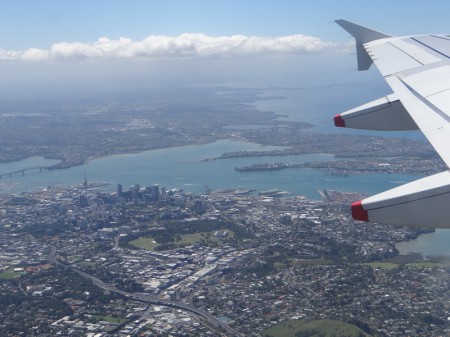 A country where sandflies are about the nastiest thing you might encounter while outdoors is truly a traveler’s paradise. What a pleasure to be able to walk barefoot through dense undergrowth or to take a riverside nap on the grassy banks after having caught a beautiful fish.
A country where sandflies are about the nastiest thing you might encounter while outdoors is truly a traveler’s paradise. What a pleasure to be able to walk barefoot through dense undergrowth or to take a riverside nap on the grassy banks after having caught a beautiful fish.
On the plane we met Iris, a young German traveler, who was going to meet with friends from home later on after having spent a couple of months on her own in Australia. It surprised us time and again how independent and self-confident most young people are and we admire them a lot for their courage.
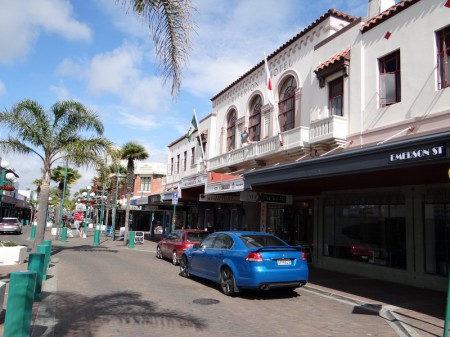 We had arranged a rental car ready for pick up at the Auckland airport for a couple of days. Our own car had been in storage in Hawke’s Bay at the house of friends for almost two years and we wondered if it would be okay and running. We should not have worried, our friend Steve had looked after our Mazda very well and even replaced the battery at some stage. The only unpleasant surprise were tooth marks on several rubber parts in the engine bay, caused by a rat that had called the garage home for a while. The cheeky rodent chewed away a tube on the radiator, but Steve had discovered the leak months ago and fitted a replacement part. So getting a warrant of fitness and renew the car’s license was a walk in the park and after a few days we were ready to get serious. Our aim was to travel to the South Island as soon as possible and to spend most of the summer down south.
We had arranged a rental car ready for pick up at the Auckland airport for a couple of days. Our own car had been in storage in Hawke’s Bay at the house of friends for almost two years and we wondered if it would be okay and running. We should not have worried, our friend Steve had looked after our Mazda very well and even replaced the battery at some stage. The only unpleasant surprise were tooth marks on several rubber parts in the engine bay, caused by a rat that had called the garage home for a while. The cheeky rodent chewed away a tube on the radiator, but Steve had discovered the leak months ago and fitted a replacement part. So getting a warrant of fitness and renew the car’s license was a walk in the park and after a few days we were ready to get serious. Our aim was to travel to the South Island as soon as possible and to spend most of the summer down south.
While driving from Auckland to Hawke’s Bay, we stopped in Hamilton and applied for a 12 months visitor visa. The visa arrived several weeks later and allows us to stay in the country until the 8th of December 2013.
Friends from Switzerland were coming over to spend Christmas and New Year in New Zealand and we were looking forward to meeting them in Turangi and to catching up after almost 3 years, before crossing Cook Strait by ferry and spending New Year in Motueka. We had a wonderful festive season in the company of good friends, but the lure of summer fishing for brown trout was drawing us further south. May be it is a sign of getting older, but we keep going back to places we already know and are less tempted to explore new places. Our first serious outing with a fishing rod on this trip was Reefton (see also entry Reefton Gold from January 2011). Reefton had experienced some very wet weather with heavy downpours just a week before, but when we arrived, the flows were almost back to normal and the rivers were running clear again. Debris and serious damage could still be seen in many places though. The railway bridge crossing Larry’s Creek had partly been washed away and frantic repairs were going on. Many river and creek beds were full of uprooted trees and drift wood with log jams as high as a house.
Further down the West Coast, Harihari was hit even worse and the raging torrents of the Wanganui River just north of town had washed away parts of the highway bridge and caused a lot of trouble. For about 10 days, farmers had to throw away the milk because they couldn’t get it to the dairy and supplies for the townships along the coast were running low.
In Reefton, the weather improved a lot and the fishing was very good. We visited old favorites and also explored some new rivers like the Robinson and the Little Grey and enjoyed fly fishing for trout very much indeed after an almost two year break. Our little trout sticks – we fished 4 and 5 weight rods – felt feather light in comparison to the 9 and 10 weight rods we had used over in Australia. Despite the weather being on the cooler side for January, the fish were rising enthusiastically to our dry flies. 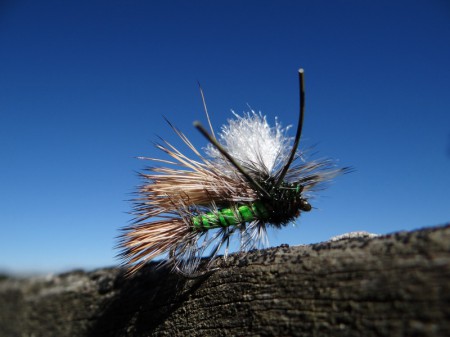 Big terrestrial patterns in sizes 8 and 10 worked very well most of the time. The sight of a decent brown trout sticking half of its impressive head out of the water to engulf a fly in slow motion is something that never ceases to get us excited.
Big terrestrial patterns in sizes 8 and 10 worked very well most of the time. The sight of a decent brown trout sticking half of its impressive head out of the water to engulf a fly in slow motion is something that never ceases to get us excited.
It was not all about fishing though and we walked many of the numerous tracks in the area; a lot of them leading to remnants of gold mining. Even though the mines around Reefton were closer to a town and major roads than many of the remote gold fields in Australia, the hardship the miners and their families had to endure in days gone by is still difficult to imagine. Being out there where it all happened and reading accounts of the time made history come very much alive.
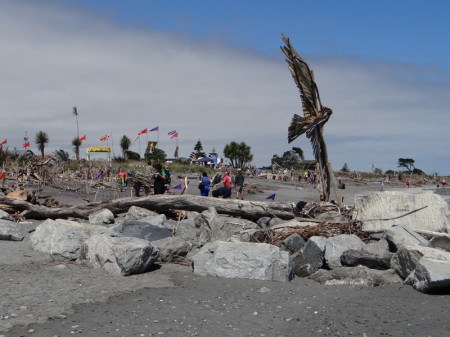
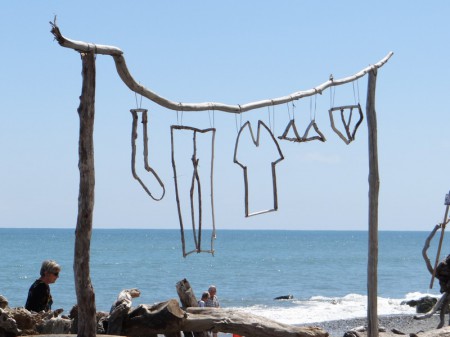 “Bridge over Wanganui repaired”, the newspapers announced at some stage and we were able to move on to Harihari. On the way through we paid our friends Grace and Brent in Hokitika a visit and were glad to find them well and happy and as busy as bees. They had established a thriving vegetable garden behind their house and we did not leave without some homemade goodies and Brent’s expert advice for some more fishing hot spots.
“Bridge over Wanganui repaired”, the newspapers announced at some stage and we were able to move on to Harihari. On the way through we paid our friends Grace and Brent in Hokitika a visit and were glad to find them well and happy and as busy as bees. They had established a thriving vegetable garden behind their house and we did not leave without some homemade goodies and Brent’s expert advice for some more fishing hot spots.
Once again we spent our time on the West Coast fishing magical spring creeks, visiting the glaciers and walking on remote and untouched beaches. After 10 days, when the weather forecast predicted heavy rain, we decided to leave the coast and move on to Wanaka. It was pouring down when we left Harihari and the drive south was quite spectacular. The coast was shrouded in low hanging clouds and mist and when we turned away from the sea and climbed up Haast Pass, water was gushing down the mountain sides everywhere and all the waterfalls were at their best.
Wanaka, nestled on Lake Wanaka’s Roys Bay, is situated in one of the most beautiful parts of New Zealand. The town has become a popular holiday destination for the rich and famous and the prices for food and services are accordingly. And yet Wanaka is still a great place to be and not as busy and loud as Queenstown. We decided to take a break from fishing and concentrate on the countless walks and tracks. 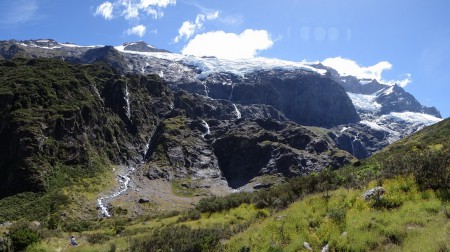 Our last attempt to walk to Rob Roy Glacier was not successful. It started raining cats and dogs while we were about half way up the track and we had to turn back. This time, the weather was great and after two hours of walking the brilliant white and blue ice of the glacier glinted in the sun under a bright blue sky and we could see and hear keas playing around high above us.
Our last attempt to walk to Rob Roy Glacier was not successful. It started raining cats and dogs while we were about half way up the track and we had to turn back. This time, the weather was great and after two hours of walking the brilliant white and blue ice of the glacier glinted in the sun under a bright blue sky and we could see and hear keas playing around high above us.
The very next day we took on Roys Peak. We had climbed the mountain before, but the 1200m ascent seemed to have become even steeper since our previous visit two years ago and when we reached the summit at 1’578m above sea level, we were both pretty spent. The view on this cloudless, sunny day was breathtaking though and lunch never tasted better than on top of the world.
Thanks to many great rivers and lakes in close proximity, Wanaka is a paradise for any fly fishing addict and home to several outstanding fishing guides. Derek Grzelewski, passionate fly fisher, writer and photographer, also lives here. We had read his articles in Flylife magazine and had seen reviews of his first book “The Trout Diaries”. We got a signed copy and enjoyed the book very much indeed. Derek’s newest book “Trout Bohemia” will be published later in 2013 and we are already looking forward to another great read. He runs a website with podcasts and a lot more exciting stuff. Derek Grzelewski and his Trout Diaries.
Despite the fact that we’ve had some pretty wet weather where ever we went, many parts of New Zealand were experiencing the worst drought in more than 70 years. Many farmers had to sell or kill a lot of their animals due to a lack of green pasture and milk production dropped significantly.

